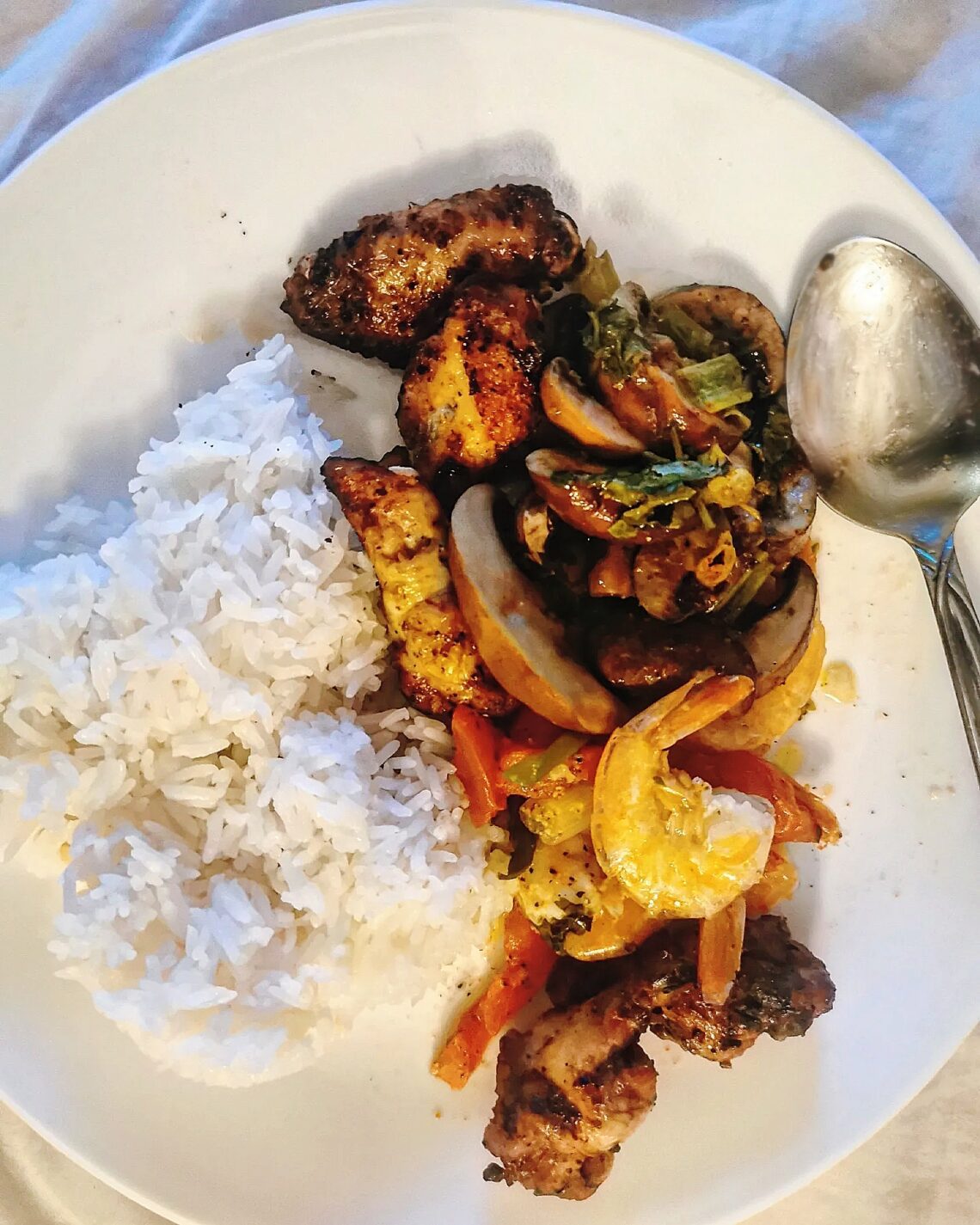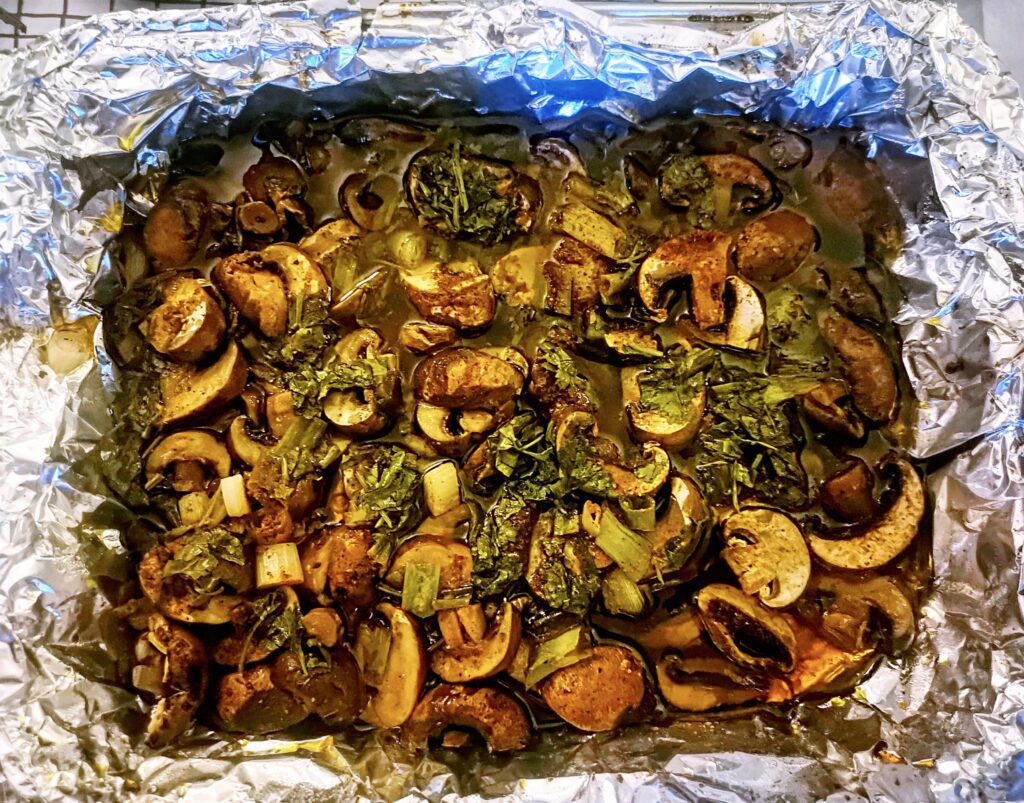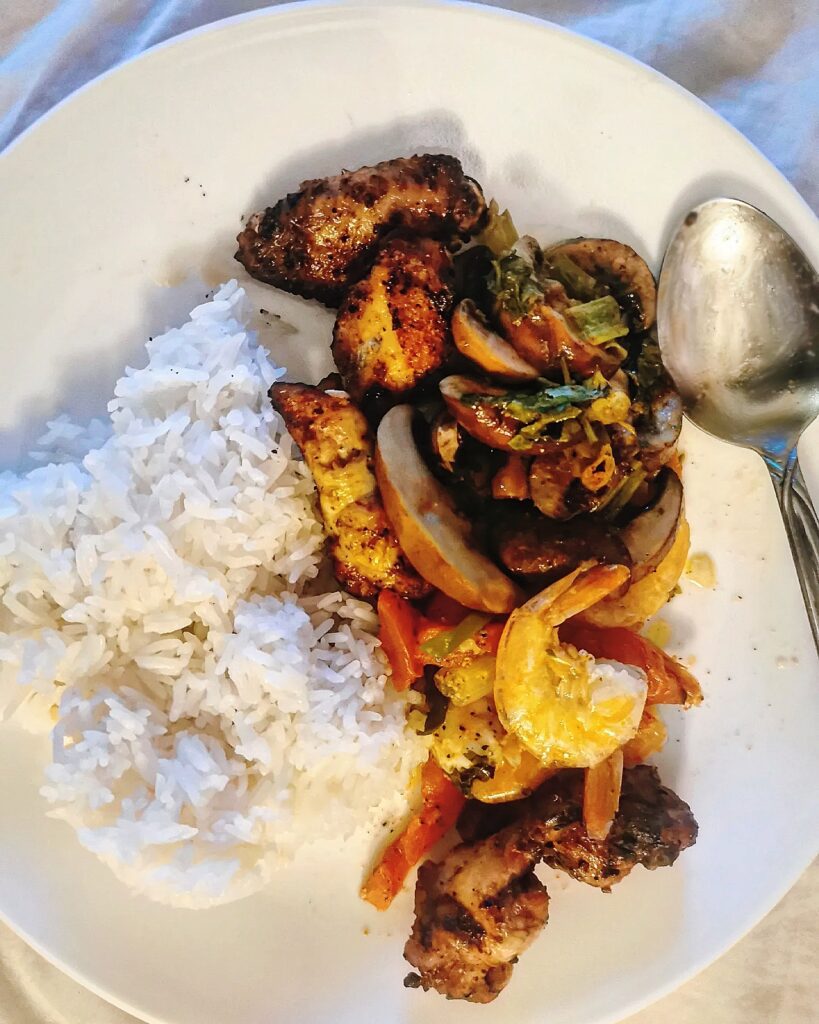
Food, family and gratitude
Food and family are tightly interwoven across cultures to celebrate tradition, family and most importantly, gratitude. Without the touch of love passed down from one another, our memories surrounding food would not exist. More than a means of nourishment, it is a language. It has evolved from specific preparation techniques, the chef(s) and ingredients that speak to the richness of our cultural identity.
Preparing food is a ceremony of gratitude for ourselves and our loved ones, deeply embedded with our complex histories. It helps us be creative in our self-expression while sharing our values with others.
When I think of my favourite dishes, I am always reminded of my mother and father’s backs facing me. Each is performing their various roles of cutting ingredients, frying or stirring. I would watch them from the kitchen table, helping them out by shredding vegetables. Keeping my distance from the stove, possibly because the few times I tried cooking myself, I almost burned down the house.
Either way, when I think of food, it’s always surrounded by family or friends across a long table. Ending our days with stories over a simple homemade banana bread or steaming bowls of caldo de res (Latino beef soup).
Lately, the dish that speaks to me most is my mother’s pochero. A Filipino soup dish traditionally made with boiled pork or chicken, banana plantains, Chinese cabbage and bok choy. But there’s always a secret sauce or ingredient to the recipe that it can’t go without. Which is my mother’s ginger paste and patis (fish sauce). This addition is the only way I can distinguish my mother’s pochero from others.
The vitamin-rich broth with a tinge of ginger is a perfect combination to get my spirits up again. I usually have it on a rainy day or when I’m feeling sick.
In this photo essay, I wanted to highlight the other recipes that celebrate different cultures.
I spoke with two individuals who explained to me what their dish means to them, their culture and their family.
Annie’s Vietnamese rice rolls
Annie Giang is a Toronto-native foodie who grew up learning to cherish food from her Chinese and Vietnamese background. As a Torontonian, time with family and friends meant preparing food together. It also meant learning to appreciate the homemade dishes from her close loved ones’ other diverse cultures.
Eating together was especially rare growing up with immigrant parents working multiple jobs with long hours. When they did have time, she fondly remembers the bonding experience she had assembling food with her family. She now hopes to pass down this tradition to her own family as a value to never be forgotten.
“Food evolves and changes as we age,” says Giang. “But it’s the experience of providing that time and effort for one another that always remains the same.”
Now, Giang lives in Orange County, California. She has a busy lifestyle as a marketing manager for various non-profits across the city. Giang cherishes the time when she can bring together family and friends over some homemade food.
“It’s something we tend to take for granted,” Giang says. “It connects us as a community, but also, food reminds us to connect back with our ancestors.”
Giang’s favourite comfort dish after a long day is her Vietnamese rice rolls. The dish is passed down from her mother, but now she makes it with her own personal touch. It features colourful, aromatic but clean, healthy flavours indicative of the famous taste of Vietnamese cuisine.
Recipe for Annie’s Banh Cuon Cha Lua

- Rice paper
- Minced ground pork
- Shallots
- Pepper
- A dash of fish sauce
- Wood-ear mushrooms
- Lettuce or chopped greens of your choice (optional)
- Beansprouts
- Vietnamese sausage
After the rice rolls are rolled and prepped, eat them with a side of:
- Green scallion oil
Jonalie’s simple roasted spiced mushrooms with shrimps
Jonalie Sahan is a 27-year-old Filipino-Canadian who was raised to always eat dinner with family. That included sitting together after an argument. In fact, food was also used to bring people together and apologize.
“Having someone verbally apologize was rare,” Sahan says. “A big memory for me is my mother cutting up fruit for me and leaving it in my room to show she still cares, even if we argue.”
Similar to Giang, Sahan grew up in a house where having spare time was difficult. All of her family members worked various jobs at different times. When she was on her own, she learned to experiment and cut up ingredients in her own way. Eventually, making her own unique dishes. Sahan often is in charge of side dishes, made to complement her parents’ main course to celebrate (or apologize) with family.
The side dishes she most enjoys are her spicy mushrooms and shrimp with a sprinkle of cilantro. Together, they can be eaten as one dish. But they are often accompanied by an entree of steak, salmon or baked chicken.
Recipe for spiced mushrooms

- Brown mushrooms
- Soy sauce
- Red chili peppers
- Sprinkles of black pepper
- Olive oil
- Cilantro
- Green onions
- 1 tsp salt
Cover in foil and bake in the oven at 190 C (375 F) for 10 minutes. If you’re using a barbecue, you can cook it for 10 to 15 minutes or five minutes on high heat.
Roasted shrimps
- 1 pack of shrimps
- Tomato
- Green onions
- 1 tsp salt
- Black pepper
- Olive oil
- Garlic
Cover in foil and bake for 10 minutes until the shrimps are golden.

As I took time to understand where food is from, the stories behind them and how people prepare it, I am reminded that to honour my own lineage is to honour our future by passing down family knowledge. These recipes all handed down as an act of preservation and pride for our cultural identities.
Each recipe contains whole histories of ceremonial bonding and community nurturing that remind us of how our ancestors survived. Within our recipes are the stories of people and cultures that continue to live on one bite at a time.
About the author
Rebecca Benitez-Berona is a reporter at Youth Mind. She is passionate about social justice, creative writing, reading poetry and youth mental health. When she is not writing, she is exploring nature or trying out yet another new bubble tea shop.







